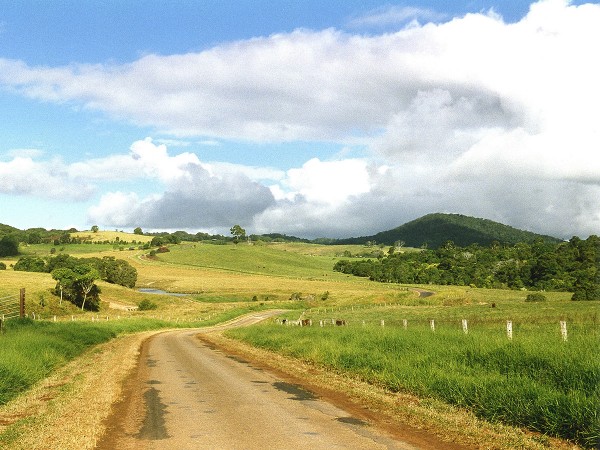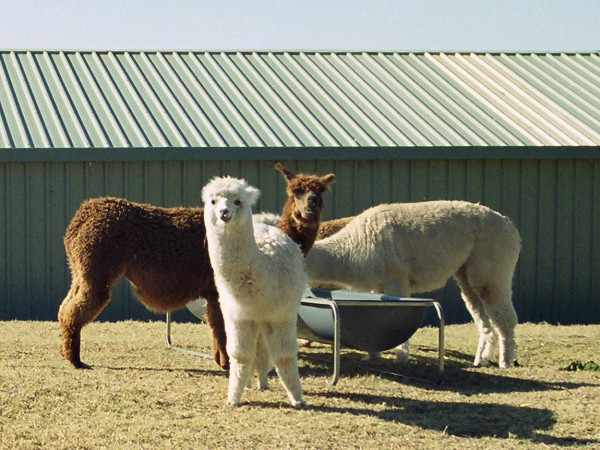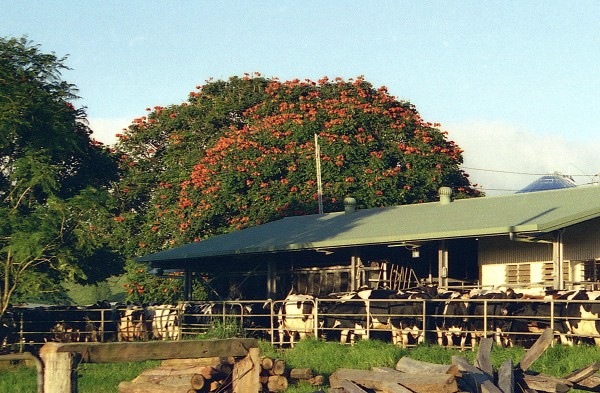 The UK and Australia are set to sign a free-trade deal at the G7 summit in Cornwall on 11–13 June. This will eventually give tariff-free access to each other’s markets, with existing tariffs being phased out over a 15-year period. It is the first trade deal not based on an existing EU template. The government hopes that it will be followed by trade deals with other countries, including New Zealand, Canada and, crucially, the USA.
The UK and Australia are set to sign a free-trade deal at the G7 summit in Cornwall on 11–13 June. This will eventually give tariff-free access to each other’s markets, with existing tariffs being phased out over a 15-year period. It is the first trade deal not based on an existing EU template. The government hopes that it will be followed by trade deals with other countries, including New Zealand, Canada and, crucially, the USA.
But what are the benefits and costs of such a deal?
Trade and comparative advantage
The classic economic argument is that free trade allows countries to benefit from the law of comparative advantage. According to the law, provided opportunity costs of various goods differ in two countries, both of them can gain from mutual trade if they specialise in producing (and exporting) those goods that have relatively low opportunity costs compared with the other country. In the case of the UK and Australia, the UK has a comparative advantage in products such as financial services and high-tech and specialist manufactured products. Australia has a comparative advantage in agricultural products, such as lamb, beef and wheat and in various ores and minerals. By increasing trade in these products, there can be a net efficiency gain to both sides and hence a higher GDP than before.
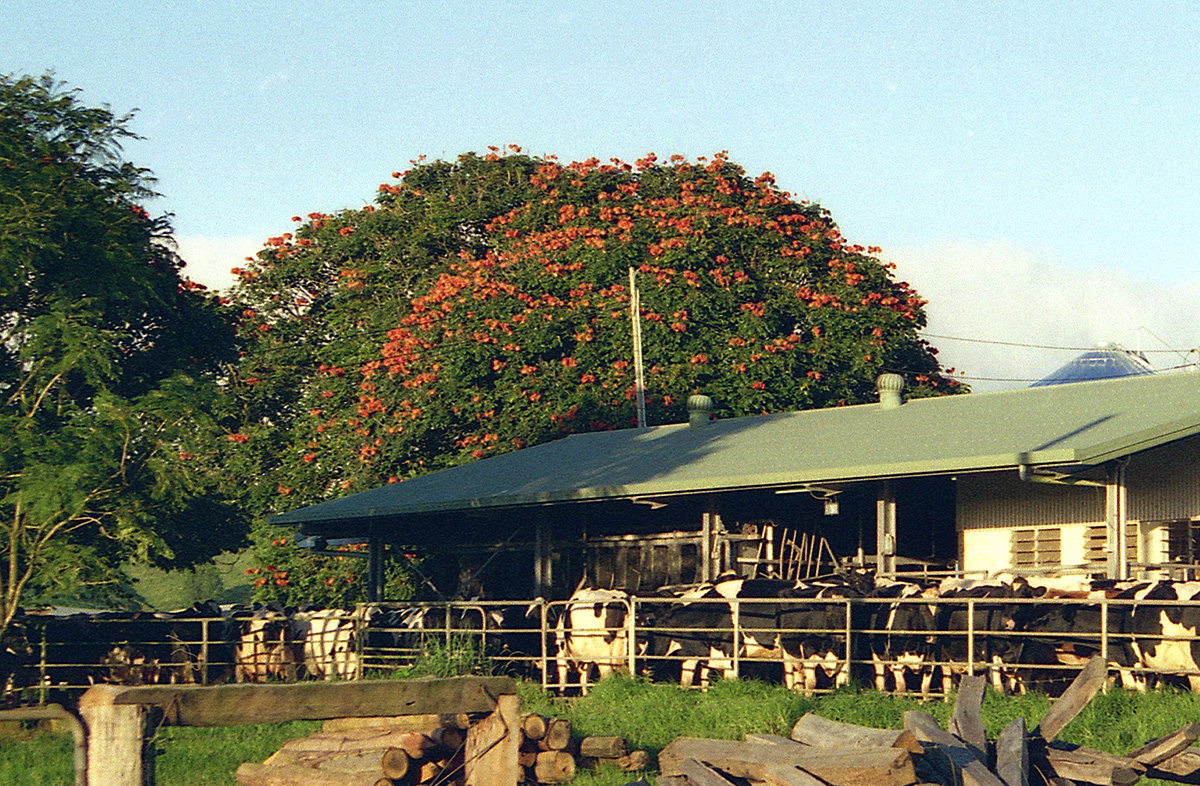 There is clearly a benefit to consumers in both countries from cheaper products, but the gains are likely to be very small. The most optimistic estimate is that the gain in UK GDP will be around 0.01% to 0.02%. Part of the reason is the physical distance between the two countries. For products such as meat, grain and raw materials, shipping costs could be relatively high. This might result in no cost advantage over imports from much nearer countries, such as EU member states.
There is clearly a benefit to consumers in both countries from cheaper products, but the gains are likely to be very small. The most optimistic estimate is that the gain in UK GDP will be around 0.01% to 0.02%. Part of the reason is the physical distance between the two countries. For products such as meat, grain and raw materials, shipping costs could be relatively high. This might result in no cost advantage over imports from much nearer countries, such as EU member states.
But modern trade deals are less about tariffs, which, with various WTO trade rounds, are much lower than in the past. Many imports from Australia are already tariff free, with meat currently having a tariff of 12%. Modern trade deals are more about reducing or eliminating non-tariff barriers, such as differing standards and regulations. This is the area where there is a high degree of concern in the UK. Import-competing sectors, such as farming, fear that their products will be undercut by Australian imports produced to lower standards.
Costs of a trade deal
In a perfectly competitive world, with no externalities, labour mobile between sectors and no concerns about income distribution, eliminating tariffs would indeed provide an efficiency gain. But these conditions do not hold. Small farmers are often unable to compete with food producers with considerable market power. The danger is that by driving out such small farmers, food production and supply might not result in lower long-run prices. Much would depend on the countervailing power of supermarkets to continue bearing down on food costs.
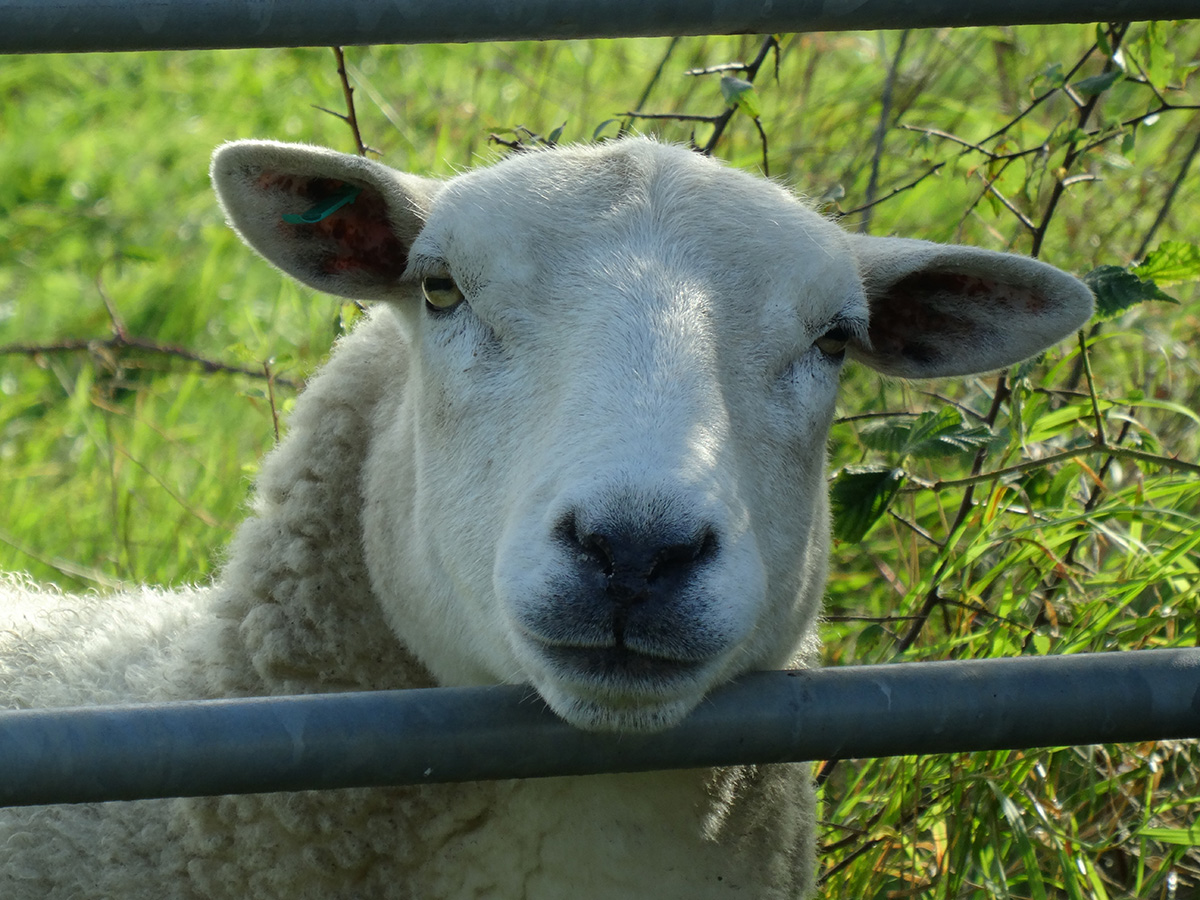 But the question of price is probably the least worrying issue. Meat and grain is generally produced at lower standards in Australia than in the UK, with various pesticides, fertilisers and antibiotics being used that are not permitted in the UK (and the EU). Unless the trade deal can involve UK standards being enforced on products produced in Australia for export to the UK, UK farmers could be undercut by such imports. The question then would be whether labelling of imported food products could alert consumers to the different standards. And even if they did, would consumers simply prefer to buy the cheaper products? If so, this could be seen as a market failure with consumers not taking into account all the relevant health and welfare costs. Better quality food could be seen as a merit good.
But the question of price is probably the least worrying issue. Meat and grain is generally produced at lower standards in Australia than in the UK, with various pesticides, fertilisers and antibiotics being used that are not permitted in the UK (and the EU). Unless the trade deal can involve UK standards being enforced on products produced in Australia for export to the UK, UK farmers could be undercut by such imports. The question then would be whether labelling of imported food products could alert consumers to the different standards. And even if they did, would consumers simply prefer to buy the cheaper products? If so, this could be seen as a market failure with consumers not taking into account all the relevant health and welfare costs. Better quality food could be seen as a merit good.
Then there are the broader social issues of the protection of rural industries and societies. Labour is relatively immobile from farming and there could be a rise in rural unemployment, which could have local multiplier effects, leading to the decline of rural economies. Rural ways of life could be seriously affected, which imposes costs on local inhabitants and visitors.
Trade itself imposes environmental costs. Even if it were privately efficient to transport products half way around the world, the costs of carbon emissions and other pollution may outweigh any private gains. At a time when the world is becoming increasingly concerned about climate change, and with the upcoming COP26 conference in Glasgow in November, it is difficult to align such a trade deal with a greater commitment to cutting carbon emissions.
Articles
- UK makes free-trade offer to Australia despite farmers’ fears
- UK-Australia trade deal: What are the arguments for and against?
- Australia–UK trade deal can help spur post-pandemic recovery
- Australia will set the precedent for UK trade deals
- Britain beefs with Australian farmers as Boris Johnson backs trade deal
- Boris Johnson defends Australia trade deal that will allow cheap foreign meat imports …
- City executives raise concerns over hidden costs to trade deals
- Australia trade deal: Ministers discuss British farmers’ concerns
- Boris Johnson Faces His First Real Brexit Trade Test
- UK-Australia trade deal could mean children and patients eating meat reared in ways illegal in UK, warn experts
- Australian farmers rush to reassure UK over looming free trade agreement
- Brexit: Boris Johnson warned trade deal with Australia could ‘decimate’ British farming
- Truss’s naivety on trade with Australia could leave the UK exposed
- ‘Irresponsible’ Australia trade deal will bring ruin for UK farmers, critics warn
- Brexit: Boris Johnson rejects claim UK-Australia trade deal would see farmers ‘lose their livelihoods’
- Small farms have a huge role to play in our sustainable future
- Farmers’ opposition to UK-Australia trade deal grows
- UK livestock farmers fear Australia trade deal will threaten way of life
- The UK–Australia trade deal is not really about economic gain – it’s about demonstrating post-Brexit sovereignty
BBC News (22/5/21)
BBC News, Chris Morris (21/5/21)
The Conversation, David Collins (20/5/21)
Prospect, David Henig (21/5/21)
Sydney Morning Herald, Mike Foley and Bevan Shields (20/5/21)
Mail Online, David Wilcock (19/5/21)
Financial Times, Daniel Thomas (22/5/21)
BBC News (21/5/21)
Bloomberg, Therese Raphael (21/5/21)
Independent, Jane Dalton (11/5/21)
The Guardian, Amy Remeikis (19/5/21)
Independent, Adam Forrest (20/5/21)
The Observer, Phillip Inman (22/5/21)
The Observer, James Tapper and Toby Helm (23/5/21)
Sky News, Tom Rayner (19/5/21)
The Guardian, Charles, Prince of Wales (23/5/21)
BBC News, Claire Marshall (2/6/21)
Financial Times, Judith Evans and Sebastian Payne (8/6/21)
The Conversation, Tony Heron and Gabriel Siles-Brügge (18/6/21)
Questions
- Why might the UK government be very keen to sign a trade deal with Australia?
- Does the law of comparative advantage prove that freer trade is more efficient than less free trade? Explain.
- What externalities are involved in the UK trading with Australia? Are they similar to those from trading with the USA?
- If a trade deal resulted in lower food prices but a decline in rural communities, how would you establish whether this would be a ‘price worth paying’?
- If some people gain from a trade deal and others lose and if it were established that the benefits to the gainers were larger than the costs to the losers, would this prove that the deal should go ahead?
